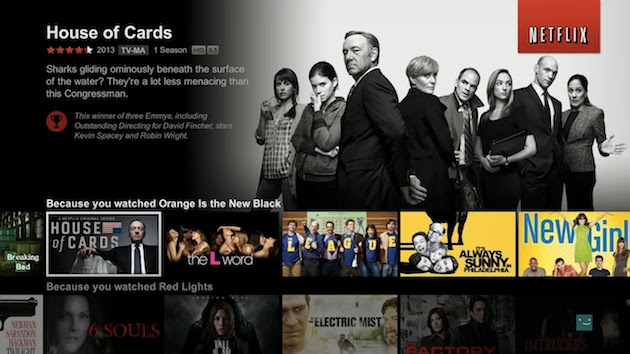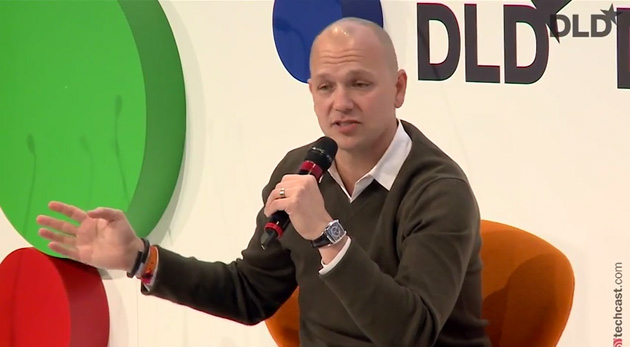It’s been nearly a year since I last wrote about Namo Media, the native ad startup founded by former Googler Gabor Cselle and backed by Google Ventures, so I caught up with Cselle today and he told me that the startup just launched an important new feature for publishers.
Basically, Namo now allows publishers to take easily adjust the placement of ads in their stream of content. Cselle showed me a web interface where, with just a couple of clicks, he could adjust where the first ad appeared in the stream, and then how frequently new ads would follow. Within a few seconds, those changes took effect in the demo app.
This marks a big improvement over the experience that Namo first launched with in November, Cselle said. Previously, Namo’s ad placements were “hard coded,” so any changes would require submitting a new version of the app. Publishers often test Namo’s effectiveness out by pushing its ads way down in the stream, so the old system made it tougher for them to display those ads more prominently once they saw it actually worked.
Now, with the new version of the Namo software development kit, publishers can adjust the placements as often as they want and they changes will go live immediately. There’s even an option for automated placements, where Namo tests out different variations and chooses the one that’s most lucrative.
Cselle’s vision is to deliver ads that fit naturally into the stream of content, overcoming the “banner blindness” that many of us have, while requiring very little work from the publisher.
One of the obvious models is Facebook — he said publishers are embracing the idea in part because they see Facebook’s mobile revenue — so it’s a good sign that Namo has enlisted Greg Badros, former vice president of engineering and products at Facebook (as well as a senior director of engineering at Google on ads and other products), for its board of advisors. (Other advisors include Russell Glass and Brian Belfour.)
I also asked about some of the recent discussion around native advertising, particularly columnist Bob Garfield’s claim that it amounts to “a racket.”
Cselle responded that most of the criticism seems directed at sponsored content, which Namoe doesn’t currently support. While its ads may be designed to look like they’re part of the content stream, they’re labeled as ads, and they point, most commonly, to app download pages, so no one’s going to be tricked into thinking that it’s editorial content. But surely Cselle is planning to add sponsored content features down the line? Well, maybe, or maybe not — he declined to comment on his product roadmap.
Cselle also declined to specify how many publishers Namo is working with. He would say that he’s working with large and small publishers, and that he’s happy with the result. He attributed a lot of the current interest not just to Facebook, but also to the recent announcement from Twitter-owned MoPub that it will be supporting native ads.
via TechCrunch » Startups http://ift.tt/Kubrwq










